Breast & Body Imaging at the Beach 2025 – UPenn, Jan 13 – 17, 2025 (Videos + Slides)
150 $
Format: 6 MP4 + 31 PDF files
File Size : 4.36 GB
During the first three days of this program, the focus will be on improving breast image interpretation using practical methods and investigating emerging imaging modalities for personalized screening and diagnosis. It will explore innovative approaches beyond traditional methods like digital mammography and tomosynthesis, including contrast-enhanced mammography and full/abbreviated breast MRI for supplemental screening. Moreover, it will address the integration of Artificial Intelligence in breast imaging and novel techniques for assessing breast cancer risk. Daily case conferences will prioritize strategies for enhancing patient outcomes and refining breast imaging practices.
The final two days of the course delve into common and uncommon disease processes encountered in abdominal imaging. Through didactic lectures and case review, attendees will learn practical approaches to tackling challenging cases, prioritizing overarching strategies.
Learning Objectives
Upon completion of this activity, participants should be able to:
Breast Lectures:
Review methods to optimize mammographic screening and diagnosis, including imaging of special populations
Discuss advances in deep-learning applications and artificial intelligence in screening mammography and risk assessment
Outline the methods used to optimize breast MRI imaging for screening and diagnosis
Improve image-guided breast biopsy skills and management of high-risk lesions
Discuss the data and optimization of supplemental screening with contrast-enhanced mammography, abbreviated breast MRI, and whole breast ultrasound
Body Lectures:
Utilize RADS systems to differentiate between lesions warranting intervention and those suitable for observation
Identify common and uncommon acute findings in the GI and GU tracts
Describe the types of hyperfunctioning adrenal lesions and their clinical evaluation
Know the imaging features of cystic pancreatic lesions that require further evaluation with endoscopic ultrasound or tissue sampling
Select imaging modalities and techniques that best highlight abdominal pathologic processes
Be the first to review “Breast & Body Imaging at the Beach 2025 – UPenn, Jan 13 – 17, 2025 (Videos + Slides)” Cancel reply
You must be logged in to post a review.
Related Products
Video Medical
Emergency Medicine: Evidence-Based Content, Practical Applications 2025 (Videos + Audios + Slides)
Video Medical
JFR 2024 (JOURNÉES FRANCOPHONES DE RADIOLOGIE DIAGNOSTIQUE & INTERVENTIONNELLE) (Videos)
Video Medical
Peptide Therapy CERTIFICATION Complete Training Package for Providers and Specialists 2024
Video Medical
International Society of Cosmetogynecology World Congress of Cosmetic Gyn & Body Contouring 2024
Video Medical
ASGE Improving Quality and Safety in the Endoscopy Unit – October 2024 (Videos + Slides)
Video Medical
2025 Surgical Pathology Update: Diagnostic Pearls for the Practicing Pathologist: Vol. IX (Videos)
Video Medical
ASGE 2025 Gastroenterology Reimbursement and Coding Update November 2024 (Videos + Slides)
Video Medical
Fertility Conference 2025: Reproduction – Facts, Myths & Evidence (Videos with subtitles + Posters)
Video Medical
Emergency Medicine: Evidence-Based Content, Practical Applications 2024 (Videos + Audios)
Video Medical
NYU Langone Health Update on Attention Deficit Hyperactivity Disorder Through the Lifespan 2024
Video Medical
Harvard 9th Annual Board Review and Update in Pulmonary and Critical Care Medicine 2024
Video Medical
Nationwide Children Pediatric Gastroenterology Conference for Primary Care Clinicians 2024
Video Medical
MENA Conference 10th Abu Dhabi International Conference in Dermatology & Aesthetics 2024
Video Medical
Obstetric Anaesthetists Association Joint OAA and UK Maternal Cardiology Society Meeting 2024


 Rockwood and Green’s Fractures in Adults, 10th Edition (Videos)
Rockwood and Green’s Fractures in Adults, 10th Edition (Videos) 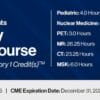





















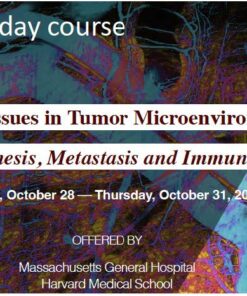

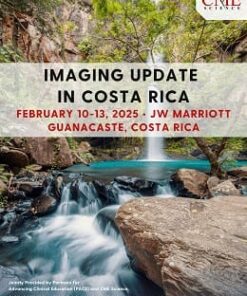
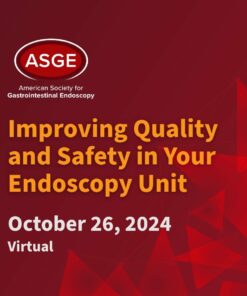


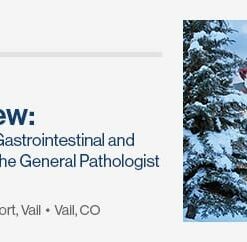
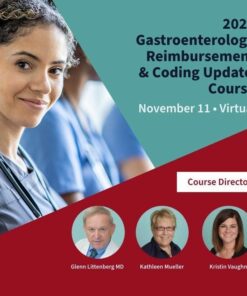




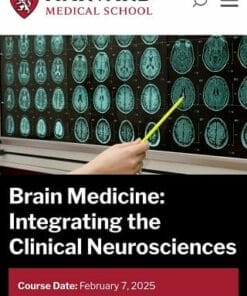
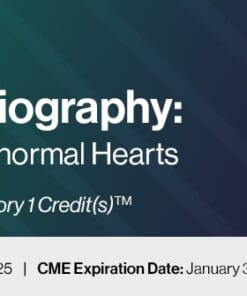


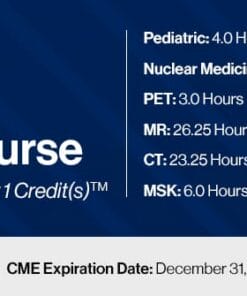
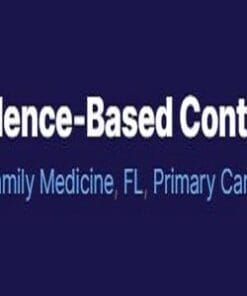
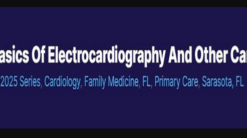



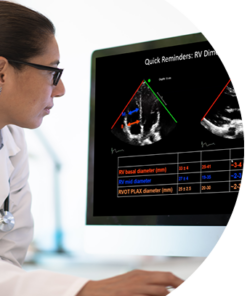





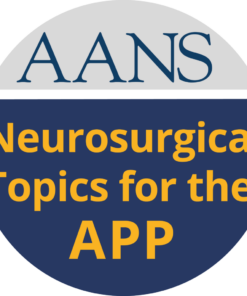

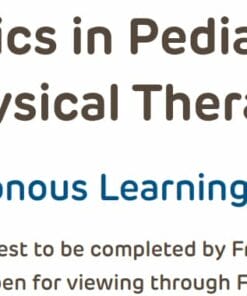

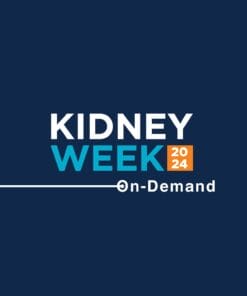
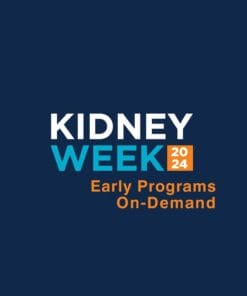
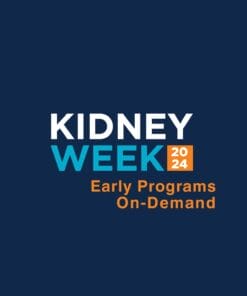
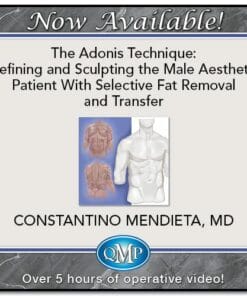
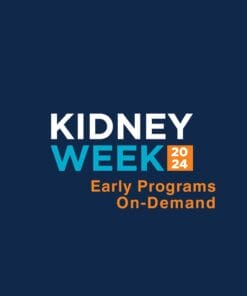
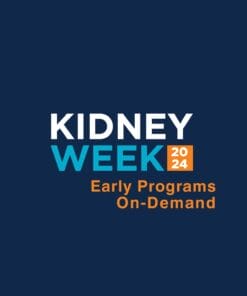
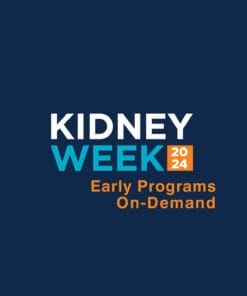
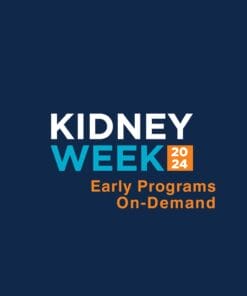
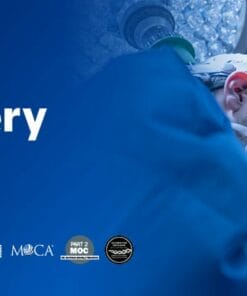
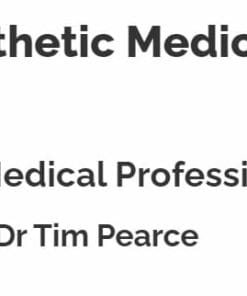


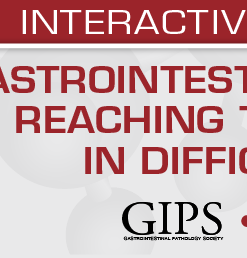






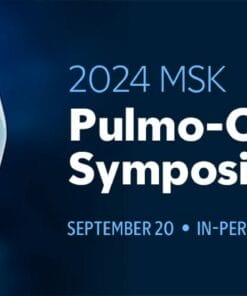
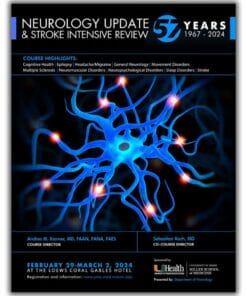
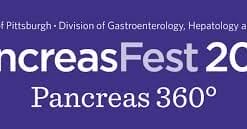




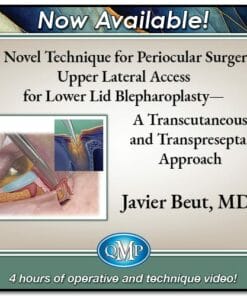

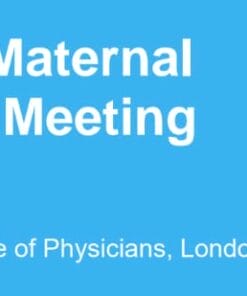
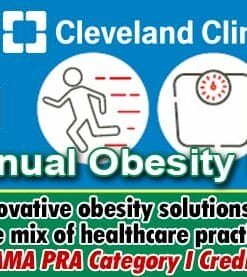
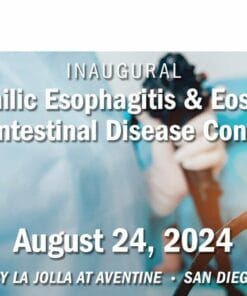


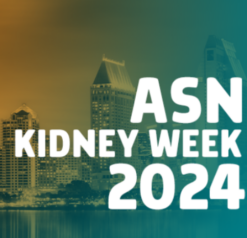
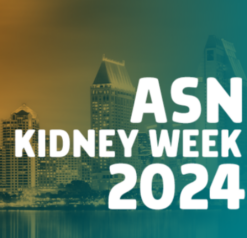
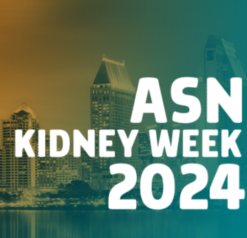
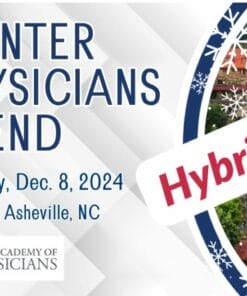
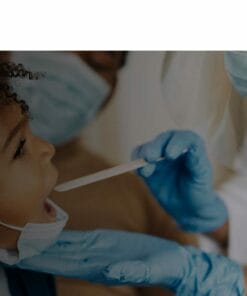

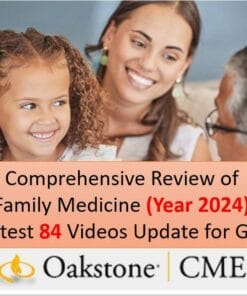
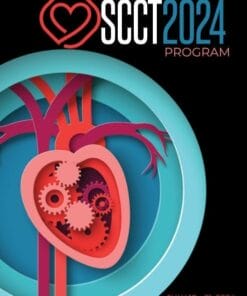
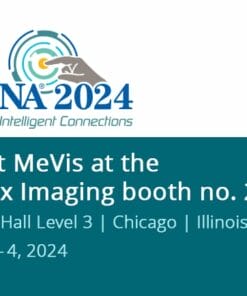
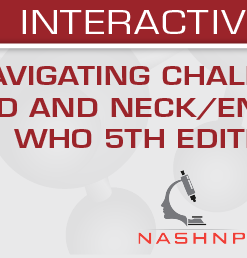
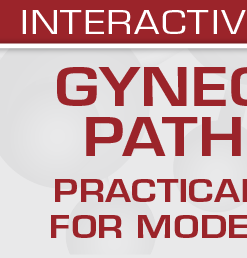
Reviews
There are no reviews yet.